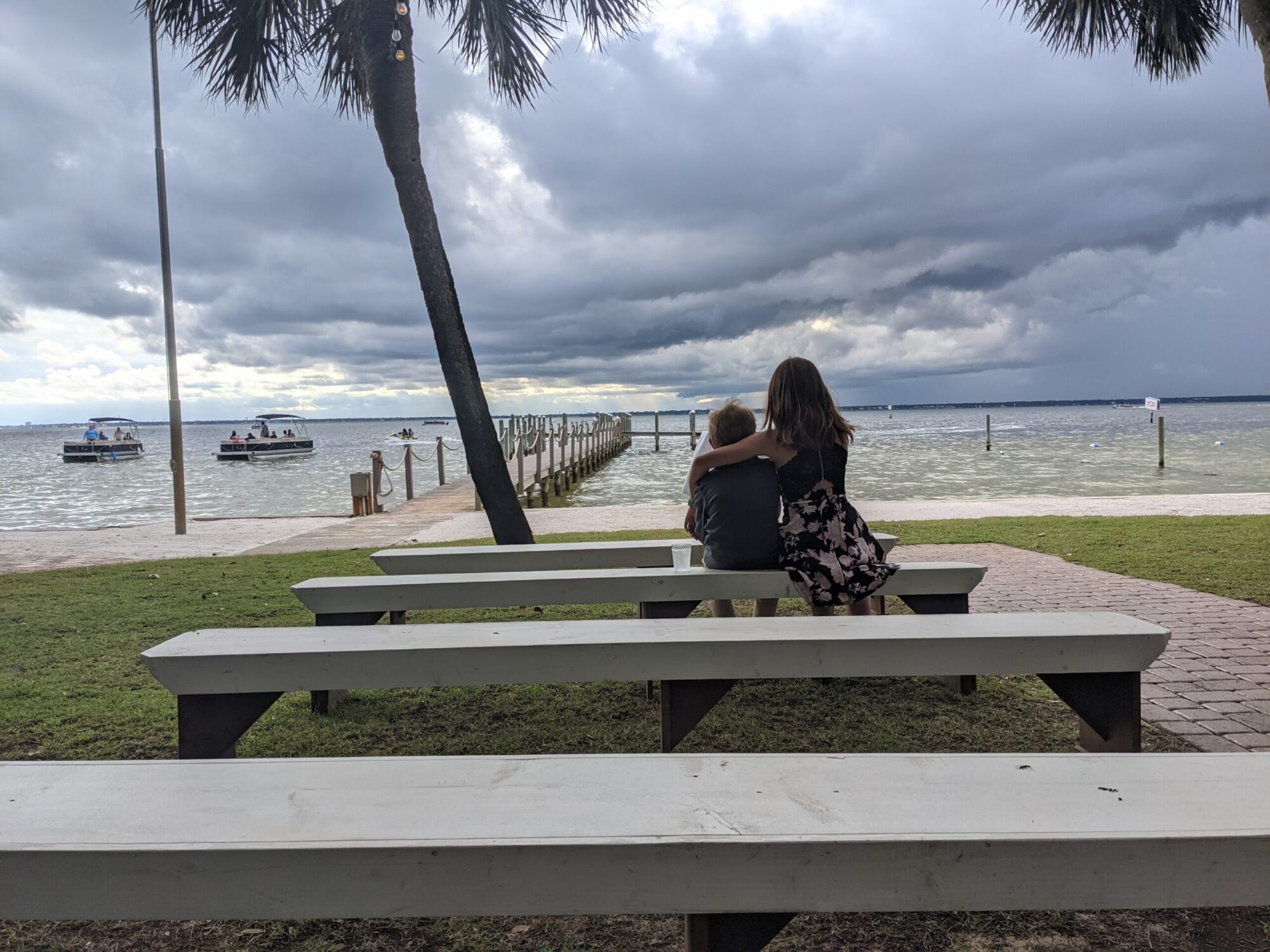As is the way I hear about most things, I was listening to NPR’s On Point this week, talking about Household Cancer Hazards. Specifically, they were referring to a study from the Silent Spring Institute that looked at a variety of frequently used household cleaners, sunscreens, beauty products, air fresheners, and more. They posted a detailed fact sheet with a summary of their findings here.
Generally speaking, the authors looked at these products in different ways, combining “conventional” products into a single sample, and “alternative” products into their own individual groups. Part of the rationale was to keep costs of the study down by combining 42 samples into a single treatment group, but in some ways, it’s almost more informative as a single product may not cause health risks, yet the combination of that product with another product could yield some risk.
USA Today reported “chemicals that disrupt hormones or affect asthma were found in all 42 of conventional products sampled, as well as in most — 32 of 43 — of the alternative products billed as safer, including some by Seventh Generation, Jason Natural Products and Aubrey Organics.” Forbes also reviewed the work, citing “lab tests detected 55 chemicals of concern–including parabens, phthalates, bisphenol A (BPA), antimicrobials, cyclosiloxanes, glycol ethers, and fragrances–in the conventional product samples tested and also found 41 concerning chemical compounds in all but 11 alternative products. Very few of these chemicals were included on product labels.” The Forbes article and the original On Point link both include a list of the 11 products tested that contained none of the target chemicals.
The On Point interview with the authors was enlightening, as always, but they made sure to point out that people shouldn’t be quick to throw away all their cleaning supplies and switch back to baking soda and vinegar. Moderate use of some cleaning supplies is fine: they’re mostly concerned with the aggregate level of chemicals found in households today and the fact that we, as a society, could stand to reduce them to a degree.
The authors did point out that triclosan is found in quite a few different cleaning products. It’s used primarily as an antibacterial agent, however it’s currently under review by the FDA because it also acts as a hormone mimetic. For the most part, using antibacterial products is no better than a proper washing with soap and water, so it’s a component that could be limited from many products.
Their primary example came from fragrances. Their Summary Fact Sheet said that “Sunscreens and fragranced products — including air fresheners, dryer sheets, and perfume — had the largest number of target chemicals and some of the highest concentrations.” So as they put it, if you can get the same function you’re looking for without additional fragrance, that’s one way to limit your exposure across a wide array of cleaning products (i.e. if you can get unscented deodorant or fabric softener, even if it’s a “conventional” product, it makes a difference).
Brooke’s made something of a push over the past few years to try and reduce our use of chemicals around the house, partially for health reasons, but mostly out of cost. A bottle of 409 is pretty expensive when compared to a spray bottle of baking soda and white vinegar. On the other hand, Brooke’s homemade dishwashing detergent doesn’t clean quite as well as a cheap box of conventional detergent (though she’s still experimenting with the mix).
In general, it’s a good idea to evaluate the products we all have around the house, getting rid of ones we don’t need and keeping the ones we do. I’m exposed to enough chemicals in the laboratory environment already: I don’t need it at home, too.

